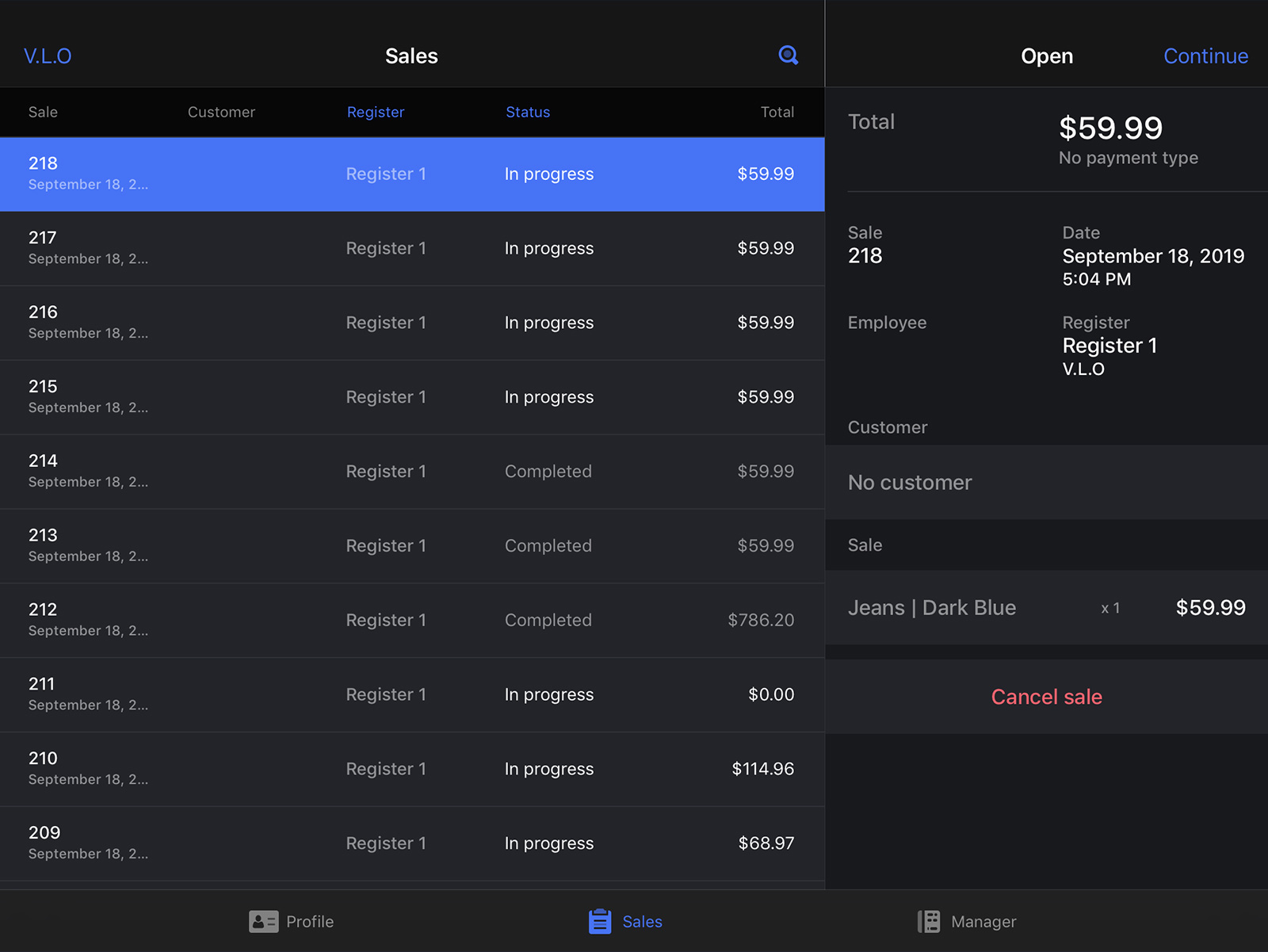
It was uncomfortable at times as we adjusted to a new system that’s built for companies much larger than ourselves, and you can tell that when you use it. There's a lot we don't use, but overall it's a good feeling knowing that we've got the top-end solution that'll support our growth. It quickly became apparent that we did need it and that it was going to be a big part of our business and support our growth.
Lightspeed support software#
But after 18 months of being live, the firm has grown into the technology well, and is pleased its business growth won’t be hampered by the software in place: Initially, Sanders admits Thread was a bit out of its league, with uncertainty over how the firm would handle an advanced system like NetSuite and whether they would need such a comprehensive suite. So we decided that instead of implementing a solution midway between the Civic and the BMW, we would go all the way. We needed something new and we knew in the future we were going to need a BMW. It felt like we were driving a Honda Civic with 300,000 miles on it. Sanders likens the transition period to jumping from an old banger to a top-of-the-range car: However, when Thread finally started the implementation process, it felt a little premature. I’d looked at tons of videos and tutorials about it and when the time came, I was certain it was going to be NetSuite. We knew NetSuite was top of the class and we'd had NetSuite salespeople reaching out to us throughout the years.

The firm didn't consider many other vendors before closing the deal, recalls Sanders: Thread went live on NetSuite in April 2021, after around a year and a half of sales and onboarding. With our kiosks, we needed it so we can manage multiple locations of inventory easily. We needed NetSuite to be able to support that growth. At that point we had been using Shopify as a poorly put together wholesale platform. We were going into wholesale so we needed a better system that could function as a CRM.

However, as the firm started managing more transactions it realized it was outgrowing Finale Inventory, as the billing was done per transaction and was getting too expensive. Prior to the switch to NetSuite, Thread was using Stitch Labs and then moved onto Finale Inventory. Over the last year or two, some of the new iOS updates and digital advertising have made online selling a little harder for Thread. Instead, it is the digital side of the retail business that is starting to prove more difficult.

I think the demise of brick-and-mortar has been largely exaggerated and I think it's going to come back to a lot of people's surprise. But when we launched our own brick and mortar stores, we started to see that in person was doing well for us. Mitch Sanders, Chief Operating Officer at Thread Wallets, explains:Īt the beginning of 2020 and through Covid, everybody was predicting the demise of brick and mortar.

While many retailers are choosing this moment to reduce their physical stores or move out of the high street completely, Thread is taking a different approach by increasing its mall kiosks. This was crucial for advancing plans to expand Thread’s wholesale business and brick and mortar stores, while still continuing to grow its direct to consumer business, which has been the largest revenue earner. Going from a $30,000 Kickstarter startup to a $15m+ revenue organization, the firm realized it needed a more advanced platform to run its business and turned to Oracle NetSuite for its ERP and analytics. Eight years later, the business has expanded from direct-to-consumer sales at a small market to incorporate wholesale distribution, branded mall kiosks, and adding other accessories like bags and lanyards to the original range of wallets. When accessories maker Thread developed its first product in 2014 - an elastic wallet aimed at adventurous types like surfers, skiers and snowboarders – its target audience was a farmer's market in Hawaii.


 0 kommentar(er)
0 kommentar(er)
